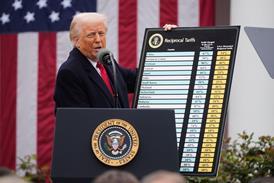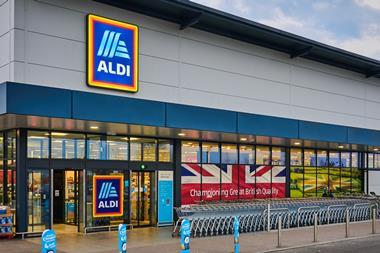So wire baskets are finally available at Aldi after a Facebook campaign (‘Aldi brings in baskets after Facebook petition’, 5 May). As surprising as the fact that a supermarket can operate without baskets was the reason the change had come about. A Google search shows customers complaining about this issue on blogs and forums for many years. Was the supermarket listening?
The adage that we have two ears and one mouth so we can listen twice as much as we speak, holds true for social media. Today, there are few brands not engaging in social media monitoring, but not all are necessarily following best practice.
The thousands of mentions a typical brand generates on a daily basis necessitates the need for social media monitoring software. This comes in a bewildering array of flavours, prices and levels of sophistication. While selecting the right technology and ensuring it is cost-effective is important, too often brands and their procurement departments are becoming unhealthily fixated on the inputs rather than the outputs of social media monitoring.
The truth is that however sophisticated the software, extracting the true value from the data requires human intelligence. It requires people who really understand the brand, the customer and the wider industry at the heart of the process.
For social media monitoring to be effective, it needs to work across a number of timescales. Communications professionals need to identify and douse sparks that if left unchecked have the potential to become a firestorm. Over the medium term, someone has to be able to join the dots. Are customers complaining about the cleanliness of a particular store, week in, week out? Is a new promotion going down like a lead balloon? Social media monitoring can deliver intelligence to businesses at a speed and frequency impossible 10 years ago.
I say ‘can’, because these types of insights can too easily lie hidden. Firstly, social media monitoring reports can end up sitting in a PR or marketing silo, rather than being shared across every department and from the shop floor to the boardroom. Secondly, it’s a question of appropriate presentation. Monitoring reports can either be too top-line, a CEO dashboard obsessed with what’s up and what’s down, or take the form of a weekly War & Peace. Multiple formats need to be used for multiple recipients. In every case, action points from monitoring should be front and centre with a process in place to ensure they are being acted on.
The knowledge gained from social media monitoring is powerful stuff, but only if it is shared in a way that allows an organisation to act upon it.
Sign in to comment on this article
Not logged in before? Register for FREE guest access today.
You will be able to:
- Read more stories
- Receive daily newsletters
- Comment on stories
Advert


















No comments yet